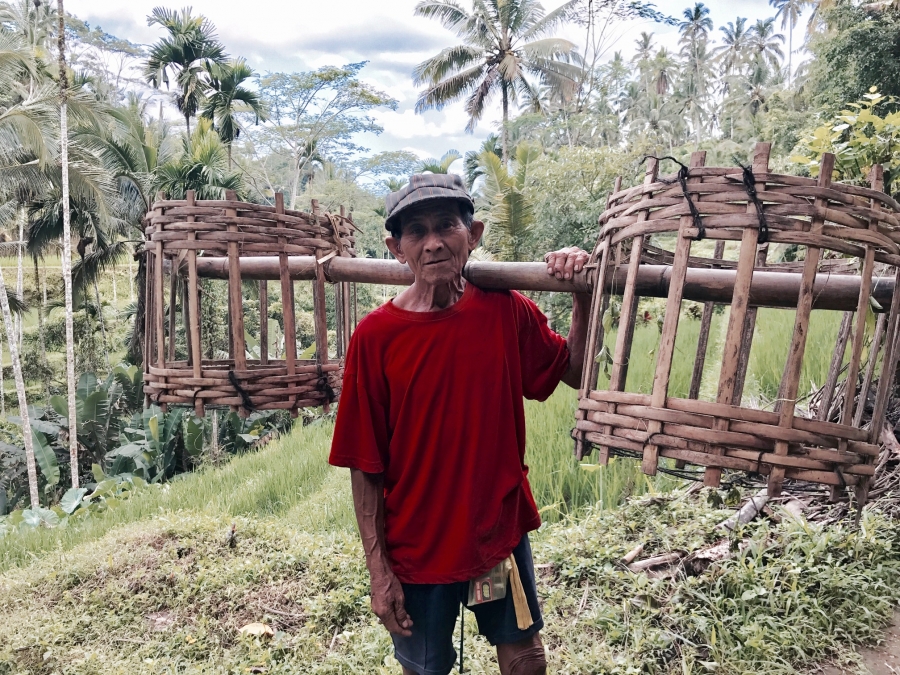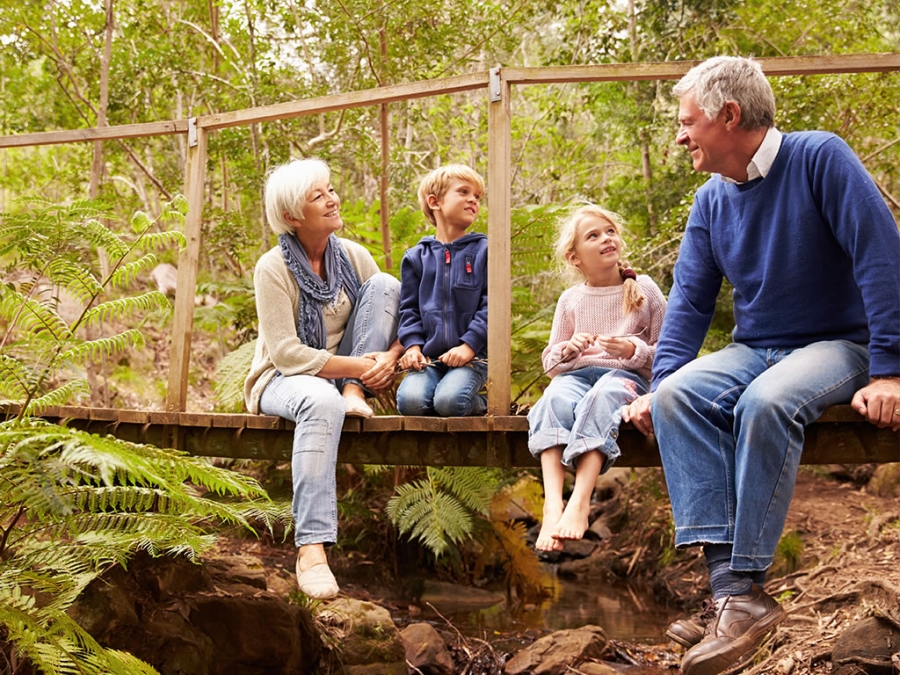Farmers are formidable people. Even leaders of nations can learn from their virtues.
Black, red or white, to the Balinese, rice is more than just a staple food. It is deeply embedded in Balinese culture and the process of planting, harvesting and eating rice is a cultural phenomenon that transcends culinary and nourishment needs.
The rituals, superstitions and traditions are rich and wholesome, bit like the flavours of the Nasi Goreng on the menu of every Indonesian Warung on the island. Intricate ceremonies are held by farmers and offerings presented to Dewi Sri, the Goddess of rice. You can find little shrines spread around rice paddies with beautifully presented flowers, fruit and sometimes event sweets, to bless their land for a bountiful harvest.
There’s an ingenious irrigation system established in the 11th century, called Subak. A sophisticated and balanced protocol that connects all the paddy fields through a water temple system, resulting in a landscape, which is beautifully sculpted, as rice terraces and paddy fields across the whole island.
Bali’s mountain lakes feed the rivers and streams through the year and the intense tropical sunlight plus rich volcanic soil makes Bali ideal for rice production. The Balinese have mastered the art of harvesting the most amount of rice from a limited amount of space, giving them enough spare time to master other arts like wood carving, sculpting, painting and playing music. Today, Indonesia is the highest rice yielding country in the world.
It’s an eminent legacy, signifying the spectacular aspects of Balinese culture and a symbol of life. It’s symbolic of their legal system as they create their own mini laws to manage territorial disputes and also works as a spiritual unit to organize society and create communal bonds.
We visited Talalang Rice Terraces, just north of Ubud and I had researched for us to have lunch at Boni Bali, a small restaurant tucked away from the main tourist areas. The food was as good as the view and we managed to stroll through the paddy fields and soak in the spirit of the place.
I realized there’s a gentle pace to life when you step away from the city’s humdrum. Steady, small and simple steps – that’s the way farmers move as they bend down and plant seedling upon seedling into the soil. I don’t think I have the stamina to do what these industrious people do on a daily basis – baked in the sun, mites and mosquitos gnawing at your skin and to spend a day knee-deep, raking through mud and water. Not the sort of things I had visualized on my last meal at Warung Mina, the local Indonesian joint close to our house.
Later that afternoon, we met this old man, maybe in late 70s or early 80s, he was clever enough to pocket a few Rupiahs for photographs with sun-burnt tourists. My wife asked him if he was tired, to which he replied ‘I am happy’. My quizzical disposition transforms into one of awe and respect, as I observe each wrinkle on his sun-baked face and wondered about their tales of triumph and tragedy.
There are many lessons to learn from farmers. Leaders of nations could learn from them – to embrace nature, the frailty of life, the rewards of effort, the humility to accept what one cannot control, to collaborate, be inclusive, compassionate, persevere, preserve and most importantly, be persistent.
Patience
To know that there is nature’s pace to embrace. You can’t rush the harvest and to grow things that are nourishing then one needs to be patient.
Tolerance
To be tolerant towards others, understanding their needs and finding a way to work in harmony for the collective good.
Persistence
To get up and start again, day after day through droughts or floods. It’s stamina that drives the results they seek and their optimism and faith is complemented by their ability to persevere.
Farmers are formidable people. Next time you tuck into your favourite rice dish, do bear in mind that every seed sowed, every grain harvested, reveals a human story.




